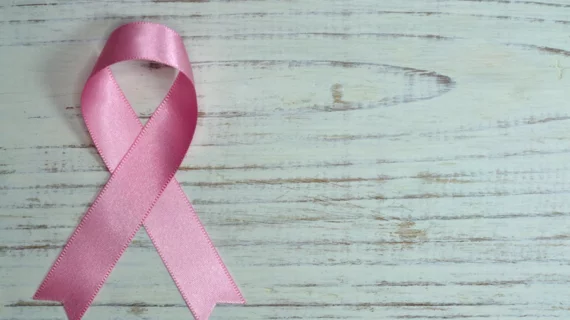Surveillance imaging after MRI-guided breast biopsy varies by institution, radiologist
Imaging follow-up protocols vary greatly by institution and radiologist after benign, concordant MRI-guided percutaneous core needle biopsies (MR-PCNB), according to research published online Feb. 7 in the Journal of the American College of Radiology.
Because no consensus guidelines for imaging follow-up protocols after benign concordant MR-PCNB exist, conflicting data and unclear management guidelines can lead to variability in radiology practices and uncertainty among breast radiologists and their patients, wrote lead author Bhavika K. Patel, MD, of the Mayo Clinic in Phoenix, and colleagues.
To document nationwide imaging surveillance protocols for concordant MR-PCNB, the researchers issued an eight-question survey to a total of 8,710 lead interpreting physicians (LIPs) at American College of Radiology-accredited mammography facilities in the U.S.
Data regarding demographic characteristics of the facilities (facility setting, location, practice type, screening and diagnostic mammography volume), number of radiologists, number of dedicated breast radiologists and standard follow-up imaging protocols for patients with benign concordant MR-PCNB were also collected.
The researchers received 849 (10 percent) anonymous responses. Of the respondents, 84 percent indicated that they worked at a nonacademic practice setting and nearly 60 percent indicated that they considered their group of radiologists to be dedicated breast imagers.
Forty percent of respondents use short-interval MRI as follow-up imaging after initial benign and concordant MR-PCNB imaging, followed by 32 percent who used screening mammography as their follow-up imaging method of choice.
Additionally, the researchers found academic settings were more likely to recommend MRI follow-up imaging than nonacademic setting, and breast radiologists were more likely than general radiologists to recommend MRI surveillance after benign concordant biopsy, according to the researchers.
“We speculate this may be because dedicated breast imaging cohorts are more familiar with issues surrounding undersampling or miss-sampling with MR-PCNB,” Patel et al. Wrote.
A majority of both academic and nonacademic respondents who recommended MRI also preferred a six-month follow-up for up to two years, the researchers noted.
“Our preliminary study suggests that imaging follow-up protocols vary by institution and performing radiologist after benign, concordant MR- PCNB,” the researchers concluded. “Attempts to reduce this variation through clear guidelines and standardization may avoid confusion among referring physicians and patients, improve allocation of limited imaging resources, and reduce inconvenience to patients. Further comprehensive, prospective studies would help determine the optimal type, onset, and frequency of imaging surveil- lance after benign, concordant MR- PCNB.”

